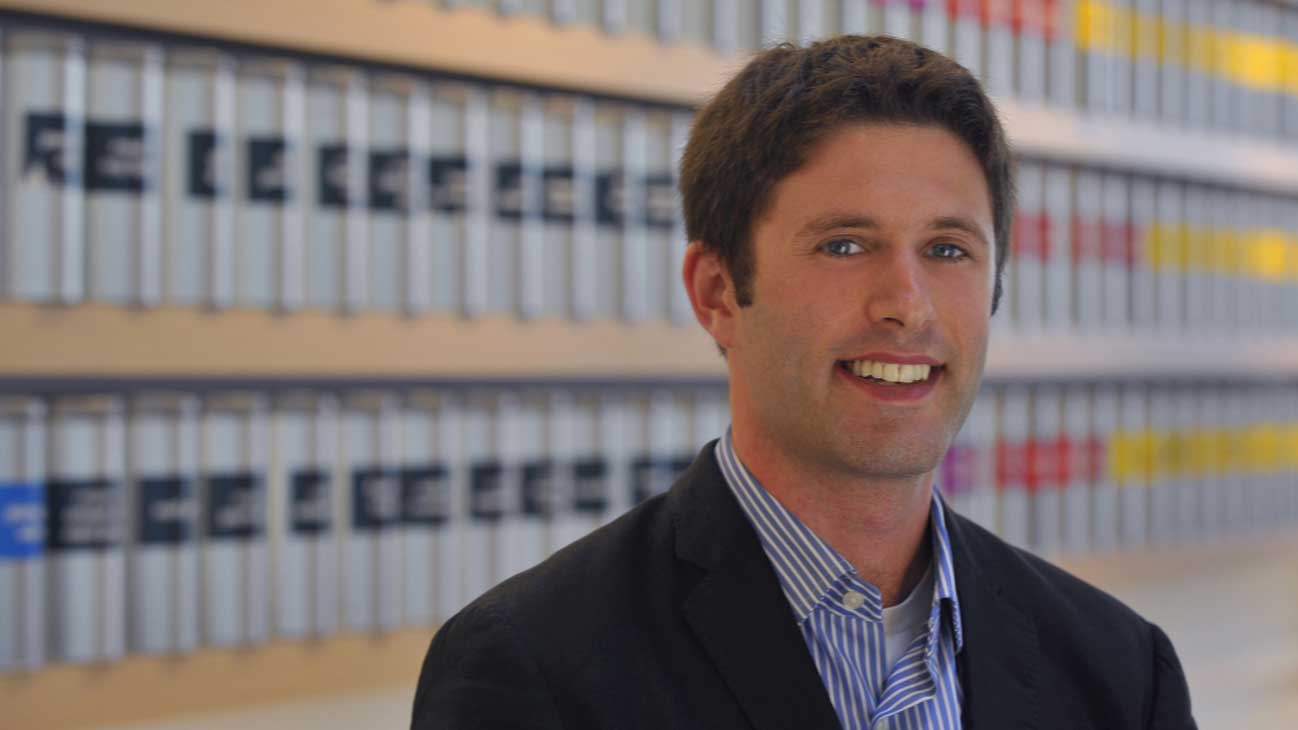David Segal was 27 years old when he opened his first tea shop in Toronto in 2008. He didn’t want the space to have the stuffy, pretentious look and feel so many other traditional tea shops he’d been to had—the kinds of places that seemed designed for tea connoisseurs. “You felt like you had to know something to go into these stores,” says Segal.
From the start, he and his cofounder and cousin Herschel Segal knew they wanted DAVIDsTEA to be a very different experience for customers. What’s more, they’d noticed tea was primarily the kind of thing bought off a grocery store shelf in a shrink-wrapped package. And they wanted to change that. “I was amazed there was no environment where tea could be accessible and fun,” says Segal. “We wanted to create an environment where it was about engaging your senses.”
Today DAVIDsTEA has 163 stores across Canada and the U.S. in addition to its online retail store and in June, the company went public, with the goal of raising $75 million for its North American expansion. With 150 types of tea flavors from traditional teas like sencha ashikubo to funkier flavors like “Movie Night” and store shelves and tables lined in tea-making products, the company has found a way to take one of the oldest, least sexy products out there and build a modern lifestyle brand around it.
PARTNER WITH THE PROS
Herschel Segal, 50 years his co-founder’s senior and the founder of the clothing chain Le Château, brought a career’s worth of experience in the world of retail to the company. He knew the ins and out of building a retail brand—an expertise that was key to starting and growing the business. David Segal, on the other hand, had his finger closer to the pulse of the startup world, having tried his hand at a number of startups and graduating not too long before from business school.
But starting and building a successful tea brand meant they needed expertise from the tea-blending world, which neither of them had. To create their many tea blends, the co-founders sought out vendors around the world and approached tea institutes, looking for people with blending know-how in the specific ingredients they were interested in—from chocolate teas to mint to fruit-based blends. “It’s really important to have different partners because everyone is going to be good at different things,” says Segal.
KNOW WHAT’S TRENDING
Each year, the company comes out with 40 to 50 new tea blends, often following flavor trends and coming out with seasonal offerings. This summer their roster of teas includes flavors with names like “luscious watermelon” and “caramel corn.” “I started to have my eyes open to how many flavors you could create,” says Segal.
He and his staff closely follow trends in the food, cocktail, and baking worlds with the task of figuring out how to translate those trends into new tea flavors. “We look for flavor profiles and different ingredients out in the world,” says Segal. “We want there to be a lot of new flavors every time you come into stores.”
DON’T REINVENT THE WHEEL—MAKE IT BETTER
While the brand offers funky flavors like grilled pineapple, lime gelato, and chocolate chili chai, Segal says they also wanted to make sure they have all the traditional and high-end teas customers might be looking for. One of the biggest undertakings of the brand since the beginning has been making teas that taste the way they smell, something Segal calls “nose-to-cup transfer.”
Making tea actually taste the way it smells is a lot harder than it sounds. Most teas might have lots of undertones in their scent, but the strongest flavor overpowers all the other ingredients and it winds up being all you taste. Segal wanted to change that. The company scouted out and tested different tea blenders, looking for the right people to make their flavored teas taste more true to their ingredients. Flavor teas weren’t new, but that sweet spot of “nose-to-cup transfer,” was where Segal wanted the brand to distinguish itself.
BUILD A BRAND AND PRODUCT THAT’S ACCESSIBLE
Yes, Segal named the brand after himself, but you’ll be hard-pressed to find his photo anywhere in a DAVIDsTEA store. “It’s not necessarily me. It’s the common David,” he says. “It was meant to be a common name to say: ‘Tea is for everybody.'”
The retail shops and company’s color scheme were also designed with this accessibility in mind. The spaces are bright and airy with a teal and white color scheme meant to feel clean and inviting. “We knew we wanted tea to be fresh and modern,” says Segal.” We didn’t want people to feel like they had to whisper in our stores.”
One of the biggest challenges of building an accessible brand was to demystify tea for people. Customers are almost immediately invited to sample teas when they walk into a retail store or often on the front steps before even stepping into a shop. The brand also uses playful flavor names like “The Spice Is Right” and “Pom Springs” to encourage customers to ask questions.
CREATE AN EXPERIENCE
But the founders also knew that if they wanted the company to transform tea making into something fun and easy to understand, they’d have to sell more than just boxes of tea blends. They’d have to sell an actual experience. While the company doesn’t manufacture its own accessories and products, it works closely with manufacturers to design and make all of the items sold in-store and online.
The result: DAVIDsTEA stores are filled with colorful mugs, infusers, accessories and gift kits that often combine tea flavors and products like pots or pitchers into themed gift boxes like a cocktail collection and a lemonade stand kit. “We realized tea was something that was this secret thing. There were a lot of rules about how to make it,” says Segal. “We take our tea very seriously but we don’t take ourselves too seriously.”

